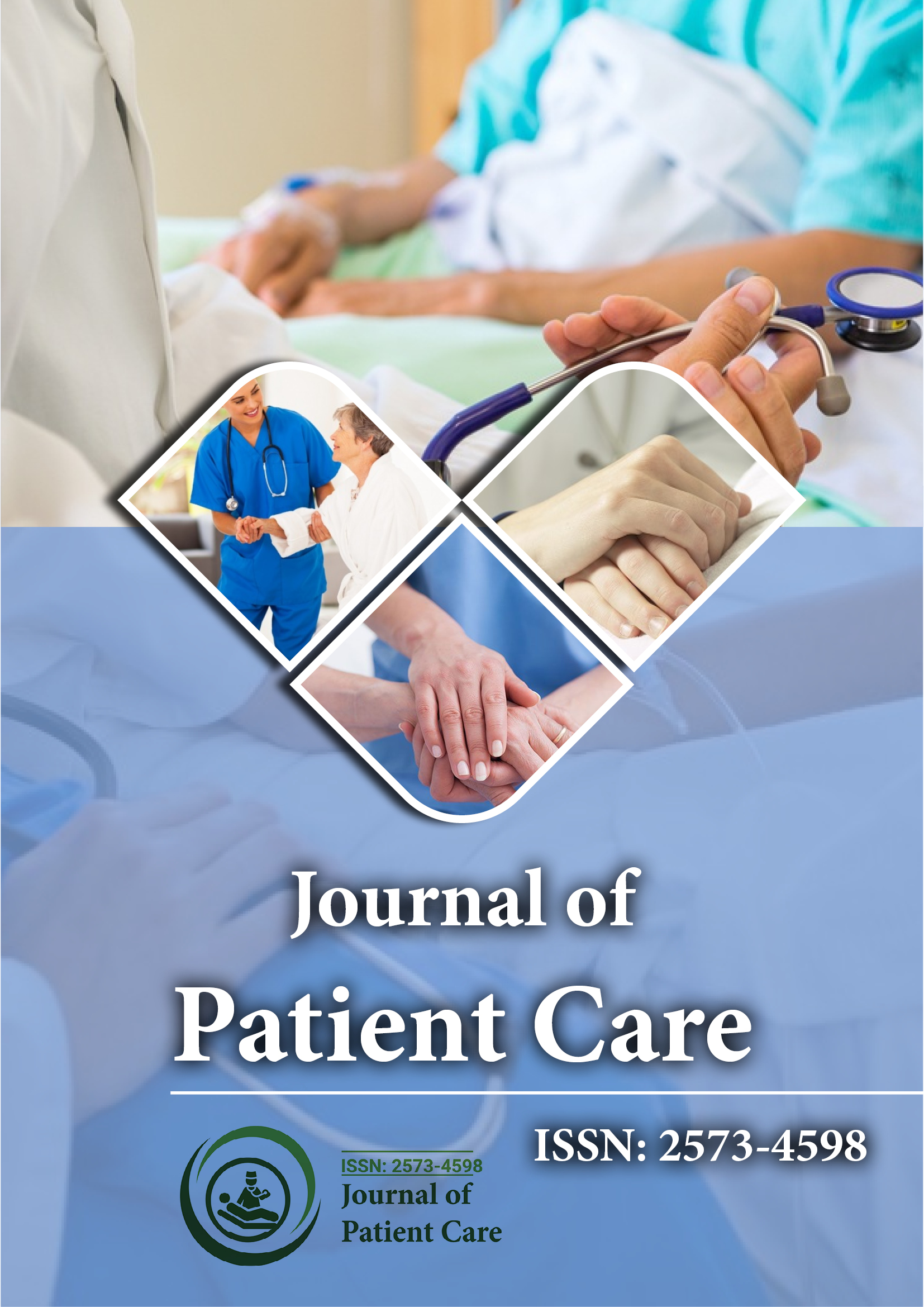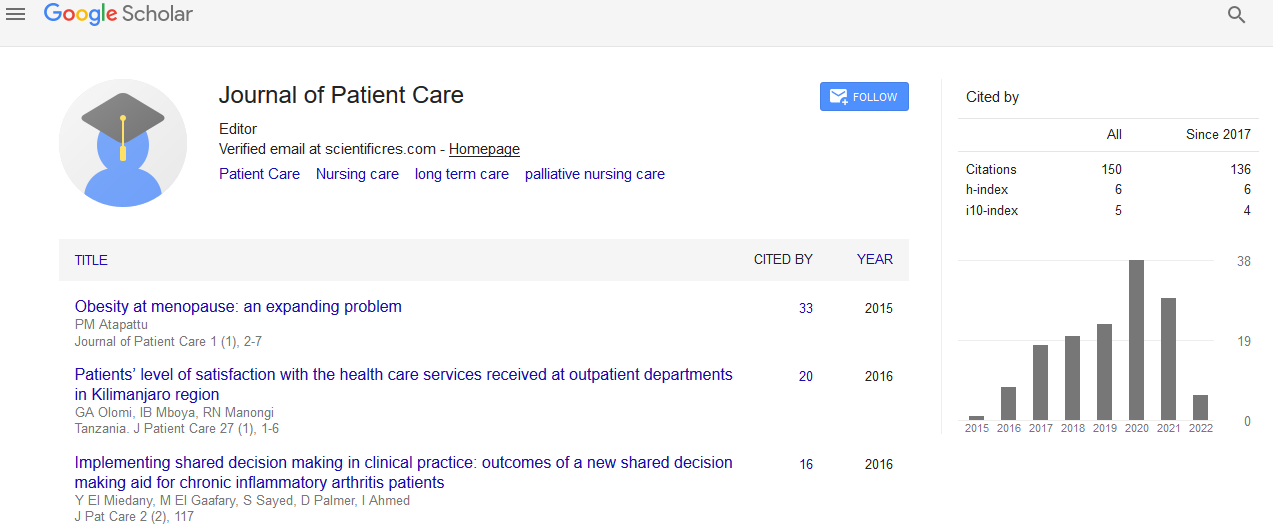Indexed In
- RefSeek
- Hamdard University
- EBSCO A-Z
- Publons
- Geneva Foundation for Medical Education and Research
- Euro Pub
- Google Scholar
Useful Links
Share This Page
Journal Flyer

Open Access Journals
- Agri and Aquaculture
- Biochemistry
- Bioinformatics & Systems Biology
- Business & Management
- Chemistry
- Clinical Sciences
- Engineering
- Food & Nutrition
- General Science
- Genetics & Molecular Biology
- Immunology & Microbiology
- Medical Sciences
- Neuroscience & Psychology
- Nursing & Health Care
- Pharmaceutical Sciences
Audit of Compliance With Who Surgical Safety Checklist
2nd World Congress on Patient Safety & Quality Healthcare
June 21-22, 2018 | Dublin, Ireland
James Todd
St George�??s University, UK
Posters & Accepted Abstracts: J Pat Care
Abstract:
Aims: To obtain quantitative and qualitative data on compliance with WHO surgical safety checklist during operations in a London hospital. The use of the checklist has been shown to reduce patient death and post-operative complications and is mandated for use with all NHS surgery. Method: Data collection was by prospective observational audit of 34 operations using WHO checklist and 5 qualitative criteria to establish efficacy of use: a. Staff stopped tasks to engage b. Staff attentive and listening c. Audible to all team d. Understanding was checked in briefs and questions/feedback asked e. All required staff present Categorisation: Grade 3 (all criteria) Grade 2 (3-4 of criteria), Grade 1 (1-2 of criteria).Checklist use was recorded by stage use (Brief, Sign in, Time out, Sign out, Debrief) and stage component steps. Results: Checklist stages used were Brief (63%), Sign in (94%), Time Out (90%), Sign Out (57%), Debrief (25%). Checklist component steps were completed more fully in major vs minor operations (62% vs 30%). Mean qualitative Grade was greatest in major surgeries (2.17 vs 1.61) and using general anaesthesia (1.81 vs 1.29). Conclusion: Sign Out and Debrief compliance was low, as was full compliance with component steps of the WHO checklist, especially during minor operations. A focused checklist specific for minor operations and those using local anaesthesia should be introduced to remove unnecessary steps and avoid excessive omission. Improved qualitative use of the checklist is required to ensure it is carried out in an effective manner.

